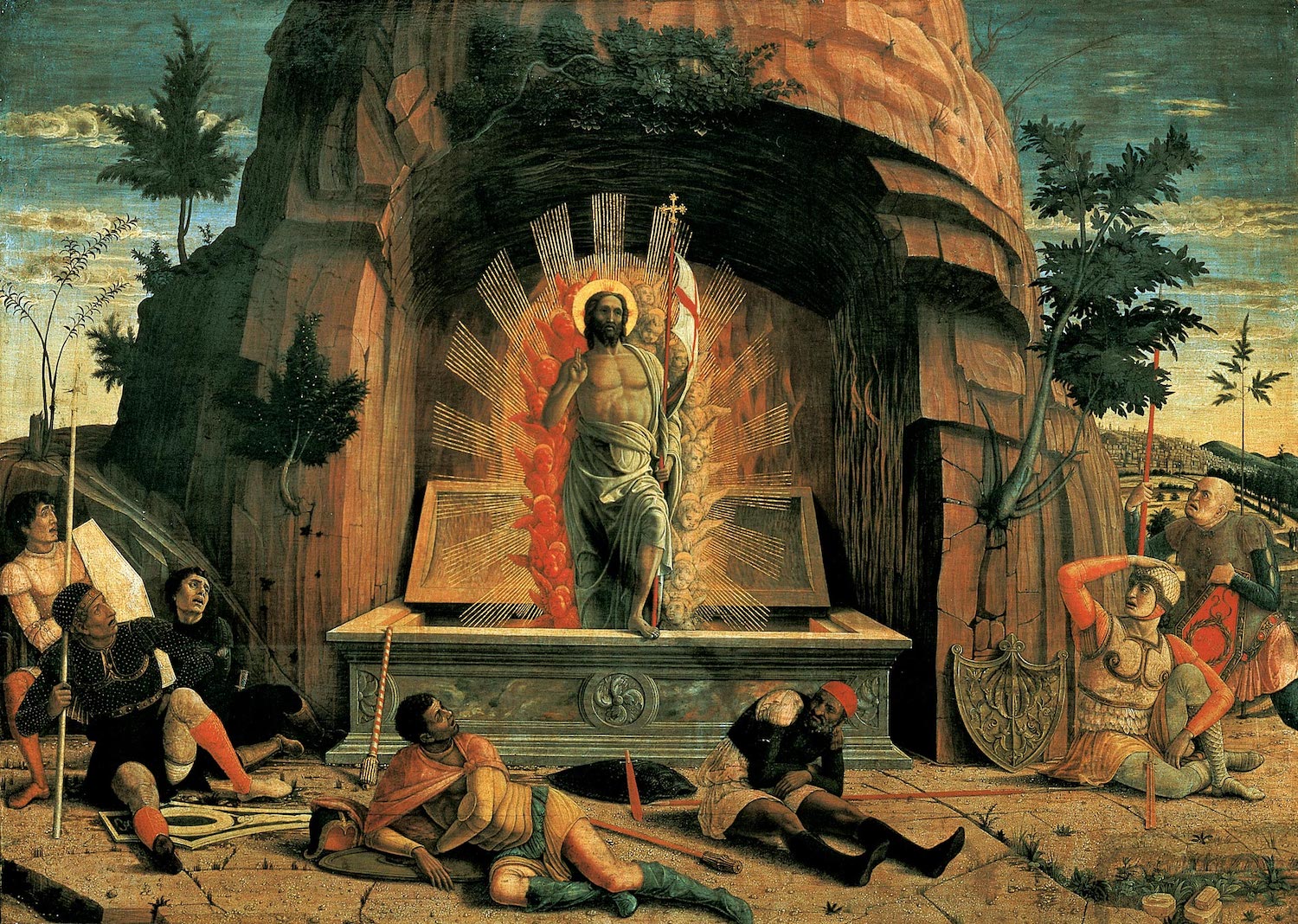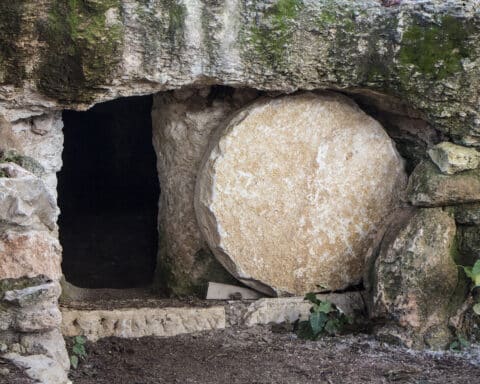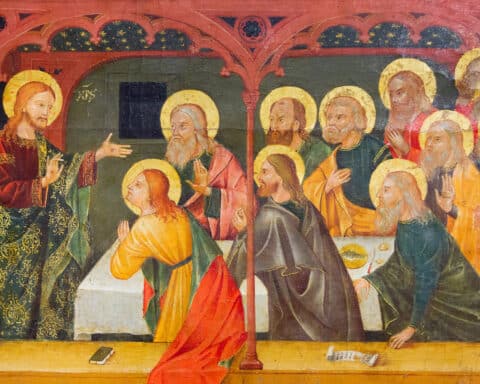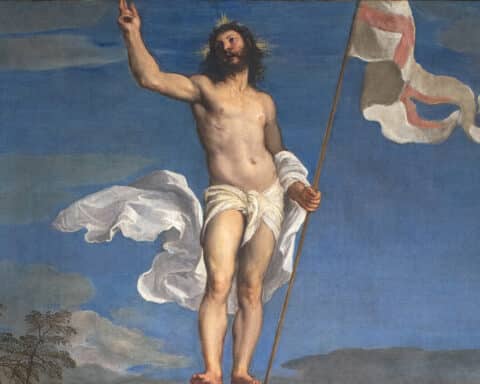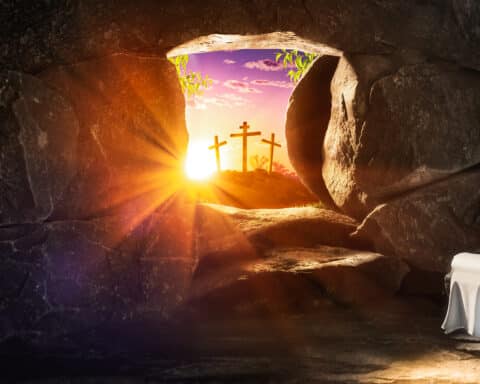Question: This may sound like a stupid question: We commemorate the crucifixion of Jesus on Good Friday. We celebrate the resurrection of Christ on Easter Sunday. Is that not two days? Did not Christ rise on the third day? Where am I going wrong?
— Paul Stark, Baraga, Michigan
Answer: Your question is not stupid, but it shows a cultural influence that we all share in modern America where there tends to be an expected precision when it comes to time. 2:15 p.m. means 2:15 p.m. and showing up at 2:45 p.m. is unacceptable. But this is not the case in other cultures, such as biblical culture, where time is a more flexible concept.
Further, the modern notion that a certain day begins at sunrise is not a universal notion. In Jewish culture at the time of Jesus, the “day” began at sundown. Hence, the Sabbath (Saturday) began on Friday at sundown. Both of these factors are involved in answering your question.
To the modern American, three days should mean 72 hours (24 x 3) and not much more and not much less. But in a more relaxed mindset, three days can mean a part of three days. From this perspective, we can see that Jesus was in the tomb for three days: part of Friday, all of Saturday and part of Sunday, and this includes, therefore, three days.
However, to the precisionist in us, this still falls short of the biblical description that the Son of Man would be three days and three nights in the heart of the earth. This concern is more complex, but has a similar solution. The Scriptures were written in Greek, but the words of Jesus were more likely spoken in Aramaic. Aramaic could render the phrase “three days and three nights” as three “night-days.” Therefore, the text may be trying to express in Greek a Jewish idiom that not only reckons partial days as whole days but also includes the night along with the day. Hence, the concept of “night-days.” Recalling again that the Sabbath for Jews starts on Friday at sundown, not on Saturday morning, we can say Jesus was in the tomb three days and nights, since Friday is “night-day one”; Saturday is “night-day two”; Sunday is “night-day three.”
But all these mental calisthenics require caution on our part. The problem is that we are trying to make a text speak with chronological precision when it is not proposing to do so. The ancient Jewish and Christian milieu from which these texts emerged spoke more generally of time. They did not carry exact watches and refer to precise wall clocks and calendars as we do. Even today, in modern America with all our time pieces and tendency to be fussbudgets about exact time, we often resort to speaking vaguely about time. If I say, “I was at the library yesterday,” I do not mean that I was there exactly 24 hours. I am being imprecise, but you know what I mean. If I say I was in Florida last January, I do not necessarily mean I arrived there exactly at 12 a.m. on January 1 and left precisely at 11:59 p.m. on January 31, but you know what I mean. And hence when the Scriptures say Jesus was in the tomb for three days and three nights, we “know what it means.” Trying to force the “round” peg of time into the “square hole” of our precision is asking the text to be something it does not claim to be. It tells us the truth, but in an ordinary human way wherein idioms such as “I was there last week” or “I have lived here 10 years” are understood equivocally, not univocally. Such expressions speak the truth, but in a casual, not scientific or legalistic manner.

